Exploring excited state properties with the Bethe-Salpeter equation
- Speaker:
- Time:15:15 - 15:45
-
Abstract
Christof Holzer
Karlsruhe Institute of Technology
In this talk, I will discuss our recent developments concerning the GW and Bethe-Salpeter equation methods. Emphasis will be put on excited state properties, including excited state absorption and excited state circular dichroism. Furthermore, non-linear optical properties, for example two-photon absorption and second harmonic generation, will be discussed.[1] Given the importance of heavier elements in the design of optically active molecules, also the inclusion of spin-orbit coupling effects in these excited state properties will be discussed.[2-4] Access to this excited state and non-linear optical properties allows the GW-BSE method to be employed in state-of-the-art multiscale material simulations. In the latter, it replaces time-dependent DFT, further improving the robustness of in silico material design.[5] Special focus will also be put on the application of these methods to lanthanoids.[6,7].
[1] N. Rauwolf, W. Klopper, C. Holzer, J. Chem. Phys. 160, 061101 (2024).
[2] P. Himmelsbach, C. Holzer (submitted).
[3] N. Rauwolf, P. Himmelsbach, W. Klopper, C. Holzer, in preparation.
[4] C. Holzer, Y. J. Franzke, ChemPhysChem 25, e202400120 (2024).
[5] B. Zerulla et al., Adv. Mater. 36, 2311405 (2024)
[6] M. Kehry, W. Klopper, C. Holzer, J. Chem. Phys. 159, 044116 (2023)
[7] C. Holzer, J. Chem. Theory Comput. J. Chem. Theory Comput. 19, 3131 (2023)

